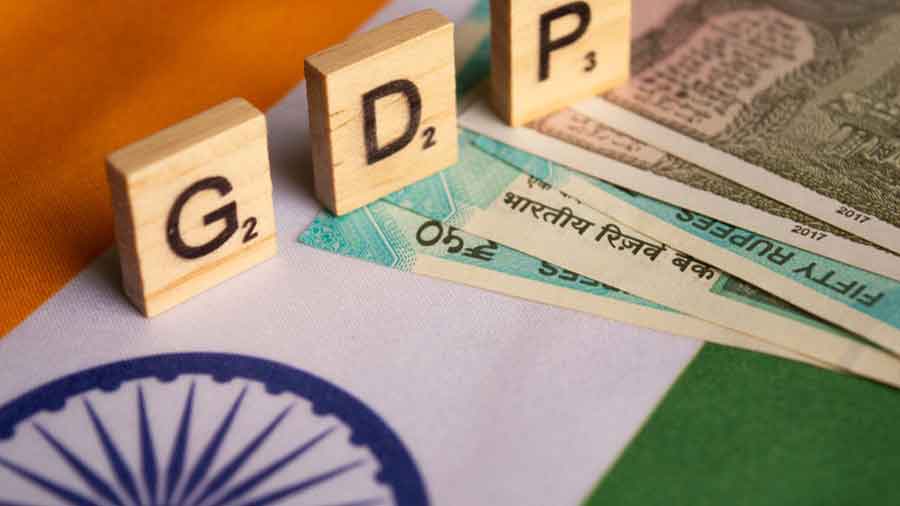India has recently overtaken the United Kingdom to become the fifth largest economy of the world. This higher rank is considered by the Government of India as a grand success. The nation, however, ought to reflect on this achievement more closely. First of all, the size of the gross domestic product hides more than it reveals. The absolute size does not tell the nation what is available to each citizen, even on average. It does not say how the goods and services are distributed,and the levels of poverty and unemployment. Finally, it does not reveal anything about the degradation of the natural environment. In other words, the focus on GDP does not help unveil the true nature of the economic condition of citizens and the long-term availability of natural resources. India’s recent attainments in other measures of economic performance leave much to be desired.
In terms of the latest data on per capita incomes,India is ranked 144 out of 194 countries and has a rank of 33 among Asian nations. The richest country in per capita terms has an income 60 times higher than that of India. In terms of economic inequality, the World Inequality Report 2022 and an Oxfam study reveal that the top 10 per cent of Indians earned 57 per cent of all income and owned 77 per cent of national wealth. The bottom 50 per cent earned only 13 per cent of income. According to the International Monetary Fund, India’s per capita income at current prices stood at $2,191 in 2021 and was expected to increase to $2,358 in 2022. If the degree of inequality is taken into account and the incomes of the top 10 per cent excluded, then the per capita income would fall to a little less than half the total. It is estimated that if a minimum-wage earner were to aspire to earn the remuneration of a senior CEO in the garment industry, it would take the person 941 years to do so. There cannot be starker evidence of embedded inequality in the country.
Then, there is the enduring challenge of poverty. According to Oxfam, 63 million Indians are pushed back into poverty due to lack of access to health facilities alone. Poverty has actually increased during the pandemic with estimates showing that between 200 to 250 million people fell below the poverty line. Finally, in today’s world, the environmental performance of a nation is of great significance. It is a pity that India is ranked on this index at the bottom out of 180 countries in 2022. Becoming the fourth or even the third largest economy may not change matters for the average Indian citizen, especially the poor.










